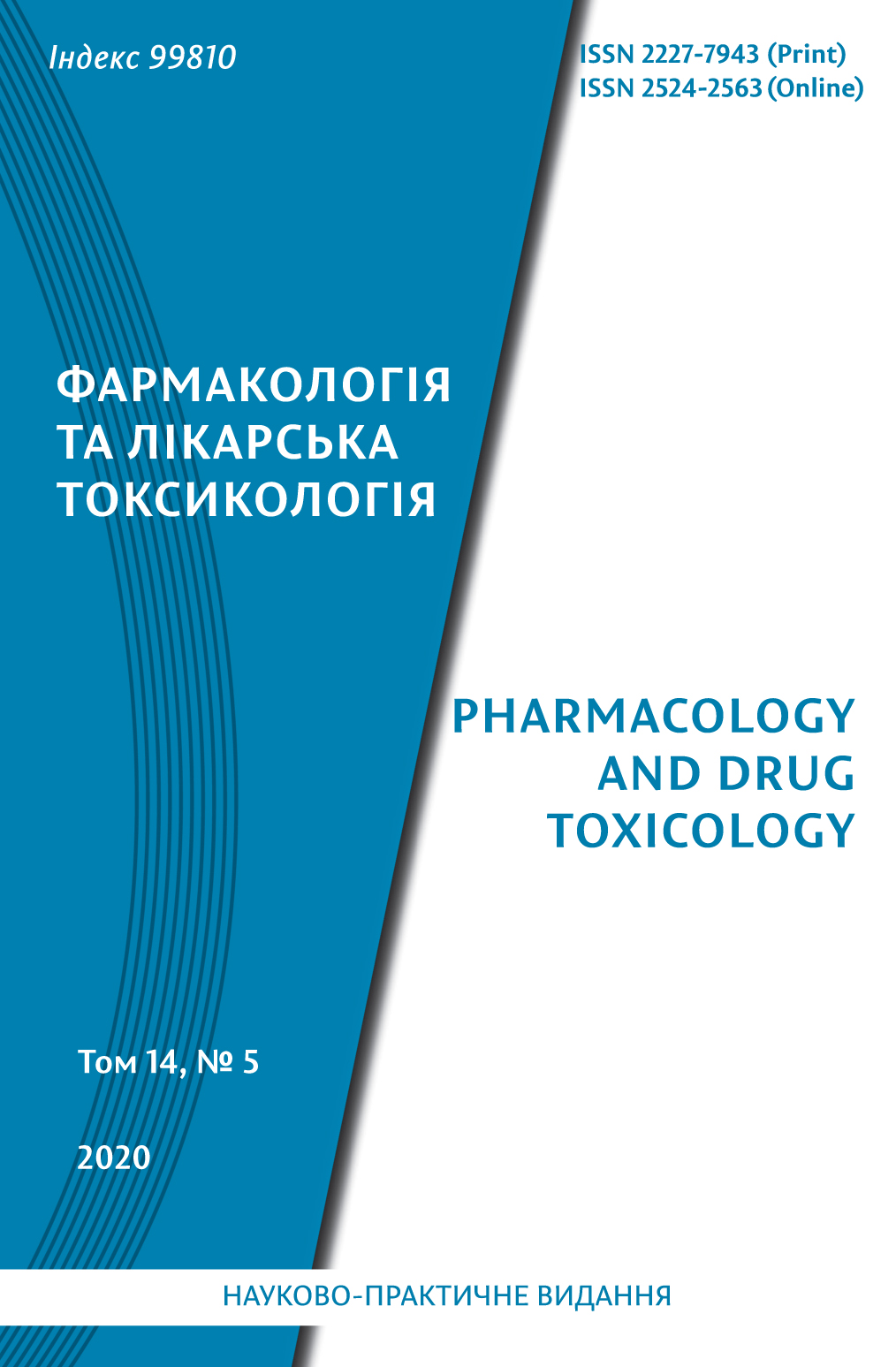Abstract
Hypoxia is currently considered to be an universal factor involved in the development of complications in many diseases including diabetes mellitus (DM). Acute hypoxia causes a systemic reaction with the large circulatory system developing vasodilation and the lesser circulatory system arteries developing
hypoxic pulmonary vasoconstriction (HPV), which demonstrates the arteries' ability to regulate pulmonary circulation and maintain normal ventilation-perfusion ratio. Lack of the adequate response to hypoxic effects may be an additional mechanism for the diabetic complications in the cardiovascular system. Despite years of study, the mechanisms of HPV remain largely unclear, as does the effect of diabetes on pulmonary artery reactivity.
The aim of the study was to evaluate the effect of high-fat diet and diabetes on the development of the HPV reaction in vivo and in vitro.
Studies in rats divided into three groups (control group, a group of rats on a high-fat diet (HFD), and a group of animals with experimental type 2 diabetes mellitus (T2DM)) showed that in rats kept on the high-fat diet, an injection of streptozotocin leads to significant increase in blood glucose levels. In rats kept on the high-fat diet only, this parameter did not differ from the levels in the control animals. In rats kept on HFD and in rats with T2DM model, the right ventricular pressure was significantly higher compared to the control rats.
The lung ventilation with a hypoxic gas mixture led to decrease in blood pressure in the systemic circulation in animals of all groups. In the control rats, the pressure in the right ventricular cavity of the heart increased indicating the development of hypoxic pulmonary vasoconstriction. In HFD rats, hypoxic hypoxia
had virtually no effect on the right ventricular pressure. In T2DM rats, an inversion of the hypoxic pulmonary vasoconstriction reaction with decrease in the right ventricular pressure was observed.
These results have been confirmed in the in vitro experiments. In lung sections, the responses of the intrapulmonary arteries to hypoxic effects were multi-directional: the pulmonary artery luminal area decreased in the control animals, almost did not change in HFD animals, and increased in T2DM animals.
In the rats with experimental diabetes mellitus, the contractile responses of the pulmonary artery ring segments to hypoxia were significantly suppressed compared to the vessels from the control animals.
Finding out the exact mechanisms involved in the inversion of the pulmonary vasoconstriction response in diabetes will contribute to a better understanding of the fundamental pathophysiological processes that will promote development of pathogenetically justified approaches to the treatment of this disease and its complications.

